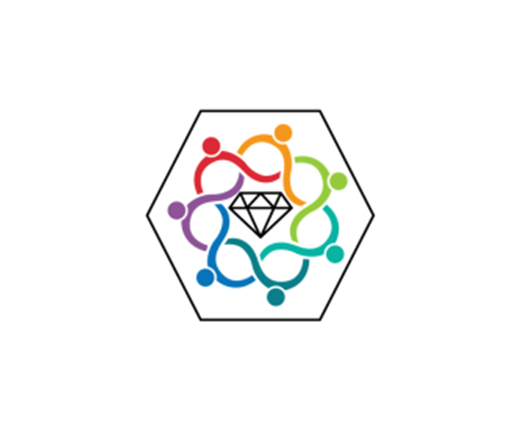Carbon allotropes with rationalized nanointerfaces and nanolinks for environmental and biomedical applications (CARAT)

Provider: Operational Programme Research, Long-term Intersectoral Cooperation and Long-term Intersectoral Cooperation for ITI
Project registration number: CZ.02.1.01/0.0/0.0/16_026/0008382
Solution period: 1. 10. 2018 – 31. 12. 2022 (51 month)
The main objective of the project is to establish and implement intensive long-term cooperation between academic and commercial partners for the purpose of high-level research with a significant impact on areas determining the quality of human life: saving energy, the environment and human health. The proposed research strategy aims to rationalize communication channels (interfaces and nanolinks) in hybrid and sensor structures based on optimized carbon allotropes for enviro and bio applications. This synergy is motivated by a number of critical scientific questions about the implementation of carbon nanomaterials in specific applications. At the same time, the goal is to create a sufficiently diverse expert team that will be able effectively communicate at a deep professional level, thus promoting existing technological and creative processes in the project’s scientific interest. The research strategy of the project builds on a fresh approach to material design, through the rationalization of communication channels – interfaces and nanolinks. Carbon allotropes are selected as a highly desirable sub-materials, namely graphene (and derived graphenoids) and nanocrystalline diamond. Partial scientific goals in the graphene branch are to achieve optimization of structural and topographic parameters of native and functionalized graphene, graphene and substrate interaction (metal, dielectric, and semiconductor) and lithographic processes for gentle structuring. The ultimate goal is the realization of robust sensors and printed electronic functional structures on the platform of modified and structured graphenoids for the detection and quantification of environmental parameters. The diamond branch is aimed at optimizing the deformation diamond-defined diamond preparation, which serves as a precursor to the implementation of in vitro and in vivo sensors with extreme time-spatial resolution and intracellular nanosensors based on spin entities. In addition, significant enhancement of hybrid homocomposite parameters is expected based on selectively coupled sp2 and sp3 forms of nanocarbon. The long-term goal is to maintain the established cooperation and the definition of new research activities, especially in the line of detonation processes and lithographic technologies, beyond the group of materials that are the subject of research in the project.



